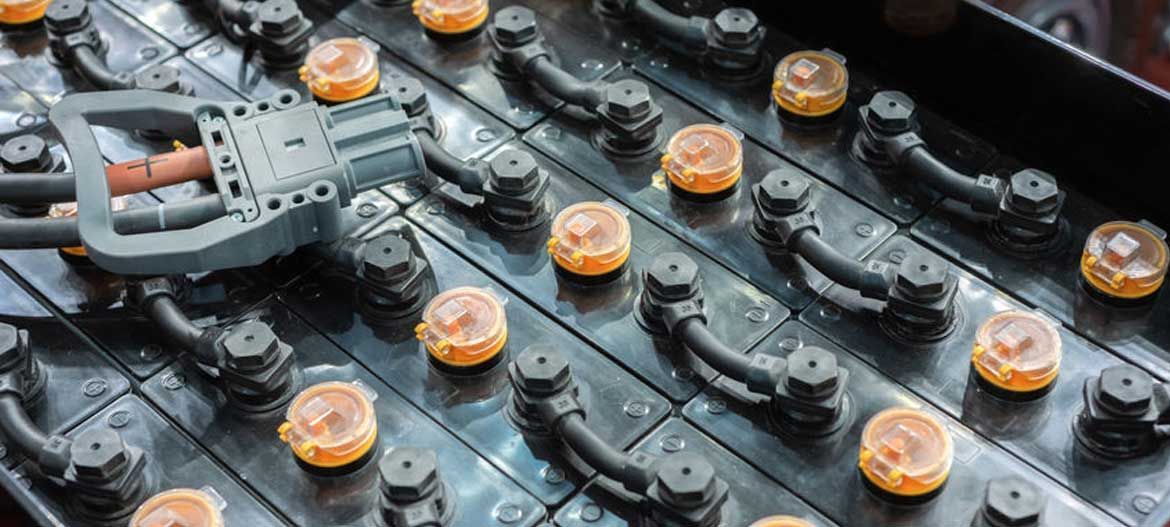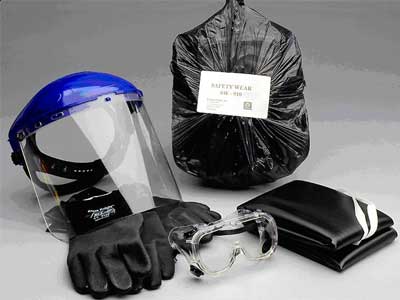
Professional Safety Tips for Rechargeable Batteries
Many professions require the usage of rechargeable batteries in their jobs. When they do, they must do it securely and in accordance with best practices. Here are some important considerations to remember when utilizing rechargeable batteries, from those who work with automobiles to those in control of an IT department.
TAKE SECURITY VERY SERIOUSLY
The majority of injuries occur as a result of the user's failure to take safety seriously. They reason that they've dealt with many batteries in their life and that nothing has ever gone wrong. Even if everything has gone perfectly in the past, you don't want to take the chance of something going wrong for the first time.
There are three categories of risks when working with batteries: chemical injuries, explosion injuries, and electrical shock injuries. Cell injuries can be as severe as chemical burns to the face, eyes, and hands, as well as shrapnel lacerations. Electric shocks can happen to the person handling the battery in specific instances. Because the risks are so high, the user must exercise extreme caution when handling rechargeable batteries.
HERE ARE THE SIMPLE GUIDELINES FOR WORKING SAFELY WITH RECHARGEABLE BATTERIES:
1. Ensure that live conductors are appropriately insulated or otherwise safeguarded at all times.
2. The handler should never remove warning labels.
3. Control access to batteries so that no one without sufficient training handles them.
4. Batteries should be kept in a well-ventilated environment.
5. Allow no open flames, including cigarette flames, near the cells.
6. To avoid chemical burns from sulfuric acid, always wear gloves, aprons, face, and eye protection when handling batteries.
7. If you're going to be exposed to sulfuric acid in any way, you should also wear respiratory protection to protect your throat and lungs.
8. Ascertain that first-aid facilities are always available and sufficiently stocked.
9. Make sure you have access to eyewash stations and emergency showers. After exposure, you must use lukewarm water in the washing facilities for 30 minutes.
10. Get medical help after you've washed.
11. Never try to raise a battery that is too heavy for you to move safely by yourself.
12. Utilize the right machinery to move huge batteries, and ensure that all operators have been taught how to use the machines.
13. When transporting batteries, they must be secured.
14. Never try to charge a battery that is frozen, damaged, or expired.
15. Before charging, clean the batteries and terminals.
16. Before you start charging a battery, make sure the lid or doors of the storage compartment are open to prevent gases from building up and exploding.
17. Handle electrolytes with extreme caution, as they frequently include sulfuric acid.
18. Make sure the electrolyte level in a vented battery is slightly over the tops of the plates in the cells before charging it top it up if the level is too low.
19. When connecting the wires to the battery, make sure the charger is switched off.
20. Positive leads should be connected to positive terminals, whereas negative leads should be connected to negative terminals.
21. Before turning on the charger, double-check that the charging leads are securely in place.
22. When the charger is turned on, never alter the leads.
23. Before disconnecting the leads, turn off the charger.
24. After disconnecting the charger, leave vented batteries to stand for 20 minutes.
25. If necessary, replenish electrolytes.
26. Ensure that the uninsulated parts of the charging leads never come into contact with one other or metalwork when storing them.


Anyone who works with industrial batteries must acquire the necessary training. Don't hesitate to contact Batco Batteries if you have any questions concerning battery usage procedures.